Introduction to Hollow-Core Fibers: Historical Evolution and Cutting-Edge Innovation
Hollow-core fibers (HCFs), also referred to as hollow photonic crystal fibers, represent a major leap forward in optical fiber technology. Unlike conventional silica-based fibers with solid cores, HCFs employ air, vacuum, or gases as their transmission medium, offering transformative performance in terms of latency, attenuation, and power handling. To understand their significance, it is essential to trace the historical development that led to their emergence.
Historical Background of Hollow-Core Fibers
The idea of hollow-core fibers dates back to the origins of optical fiber research in the 1960s when optical fibers were proposed as a means to transmit light with minimal loss. Early optical fibers, pioneered by scientists like Charles Kao and George Hockham, relied on silica cores and cladding structures. While these fibers revolutionized telecommunications, they faced inherent limitations due to material absorption, nonlinearity, and dispersion.
1. The Birth of Photonic Crystals
In 1987, Eli Yablonovitch and Sajeev John introduced the concept of photonic crystals—materials with periodically varying refractive indices. This discovery laid the groundwork for guiding light in novel ways by creating bandgap structures that could confine light in specific regions. This concept was further developed in the 1990s when Philip Russell of the University of Southampton proposed photonic crystal fibers (PCFs).
2. Development of Hollow-Core PCFs
In 1998, Jonathan Knight and colleagues demonstrated the first photonic bandgap (PBG) hollow-core fiber. By utilizing periodic microstructures in the cladding, these fibers confined light within an air-filled core, overcoming many limitations of traditional solid-core fibers. Subsequent innovations introduced Kagome fibers and anti-resonance hollow-core fibers, each offering improved performance and reduced loss.
3. Breakthrough in Attenuation
Early hollow-core fibers struggled with high attenuation levels, limiting their practical application. This challenge was addressed in 2019 when researchers at the University of Southampton developed the Nested Anti-Resonant Nodeless Fiber (NANF). This design achieved attenuation levels of 1.3 dB/km, which were further reduced to 0.28 dB/km by 2020, matching or even surpassing the performance of advanced solid-core fibers.
Key Features of Hollow-Core Fibers
1. Ultra-Low Latency
Leveraging air as the transmission medium, HCFs reduce light propagation delay significantly compared to silica fibers. The latency for HCFs is approximately 3.46 μs/km, a 30% improvement over the 5 μs/km of conventional fibers.
2. Reduced Attenuation
Theoretical loss limits of HCFs reach as low as 0.1 dB/km, outperforming the best silica fibers. Current NANF-based designs achieve practical attenuation comparable to the latest glass fiber technology.
3. Broadband Capability
HCFs can transmit across O, S, E, C, L, and U bands, making them highly versatile for applications requiring wide spectral coverage.
4. High Power and Nonlinearity Resistance
With over 99% of optical power propagating in air, HCFs have minimal interaction with solid materials, resulting in significantly lower nonlinearity and higher thresholds for laser damage.
5. Enhanced Structural Flexibility
The large air-filled cores allow for higher power handling and easier integration with other systems, including in environments requiring tight bends or complex geometries.
Applications of Hollow-Core Fibers
1. Optical Communication
HCFs are poised to redefine high-speed, low-latency networks, particularly in submarine cables, data centers, and quantum communication systems.
2. Industrial and Medical Lasers
The ability to transmit high-power lasers without material damage opens avenues in precision machining, medical imaging, and laser surgery.
3. Advanced Sensing Technologies
HCFs allow the introduction of functional materials (gases or liquids) into their cores, enabling sophisticated sensing of environmental parameters such as pressure, temperature, and chemical composition.
4. Quantum and Scientific Research
HCFs provide an ideal platform for quantum key distribution and experiments requiring low-loss, high-fidelity signal transport.
Looking Ahead
The evolution of hollow-core fiber technology highlights a trajectory of constant innovation. From theoretical foundations in photonic crystals to practical breakthroughs with NANF designs, HCFs have transitioned from experimental curiosities to commercially viable technologies. As manufacturing processes improve and applications diversify, HCFs are expected to play a pivotal role in fields ranging from high-speed communication to advanced laser systems. With further research and development, they may well become the backbone of the next generation of optical networks.

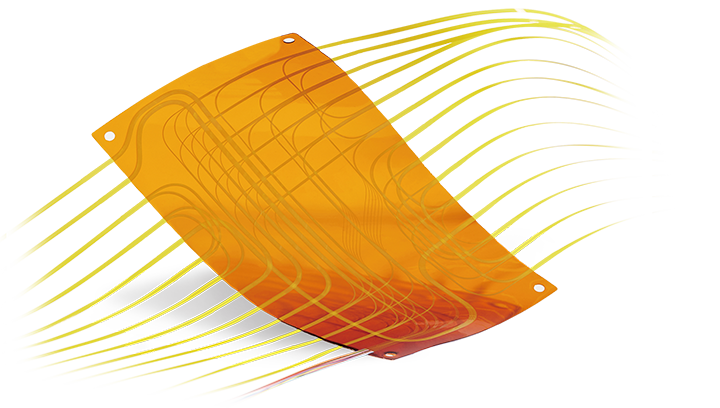 Fiber Optic Flex Circuit (FOFC)
Advanced Simulation & Optimization, High Positioning Accuracy, Flexible Customization, Rigorous Reliability Testing
Fiber Optic Flex Circuit (FOFC)
Advanced Simulation & Optimization, High Positioning Accuracy, Flexible Customization, Rigorous Reliability Testing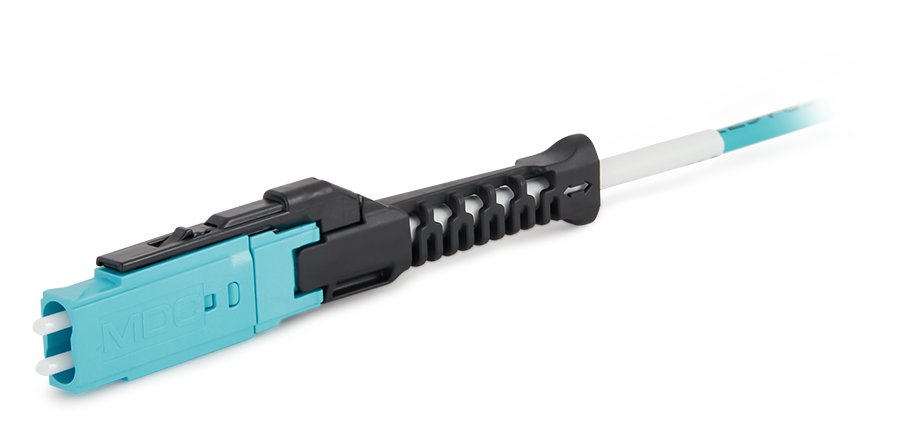 MDC Solution
US Conec's MDC connector is a Very Small Form Factor (VSFF) duplex optical connector, expertly designed for terminating single-mode and multimode fiber cables with diameters up to 2.0mm.
MDC Solution
US Conec's MDC connector is a Very Small Form Factor (VSFF) duplex optical connector, expertly designed for terminating single-mode and multimode fiber cables with diameters up to 2.0mm.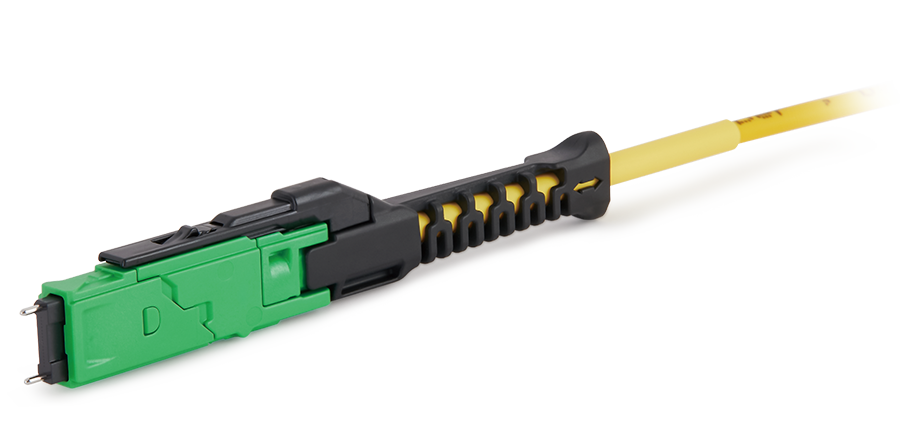 MMC Solution
US Conec's Very Small Form Factor (VSFF) multi-fiber optical connector that redefines high-density connectivity with its cutting-edge TMT ferrule technology and intuitive Direct-Conec™ push-pull boot design.
MMC Solution
US Conec's Very Small Form Factor (VSFF) multi-fiber optical connector that redefines high-density connectivity with its cutting-edge TMT ferrule technology and intuitive Direct-Conec™ push-pull boot design. EN
EN
 jp
jp  fr
fr  es
es  it
it  ru
ru  pt
pt  ar
ar  el
el  nl
nl 

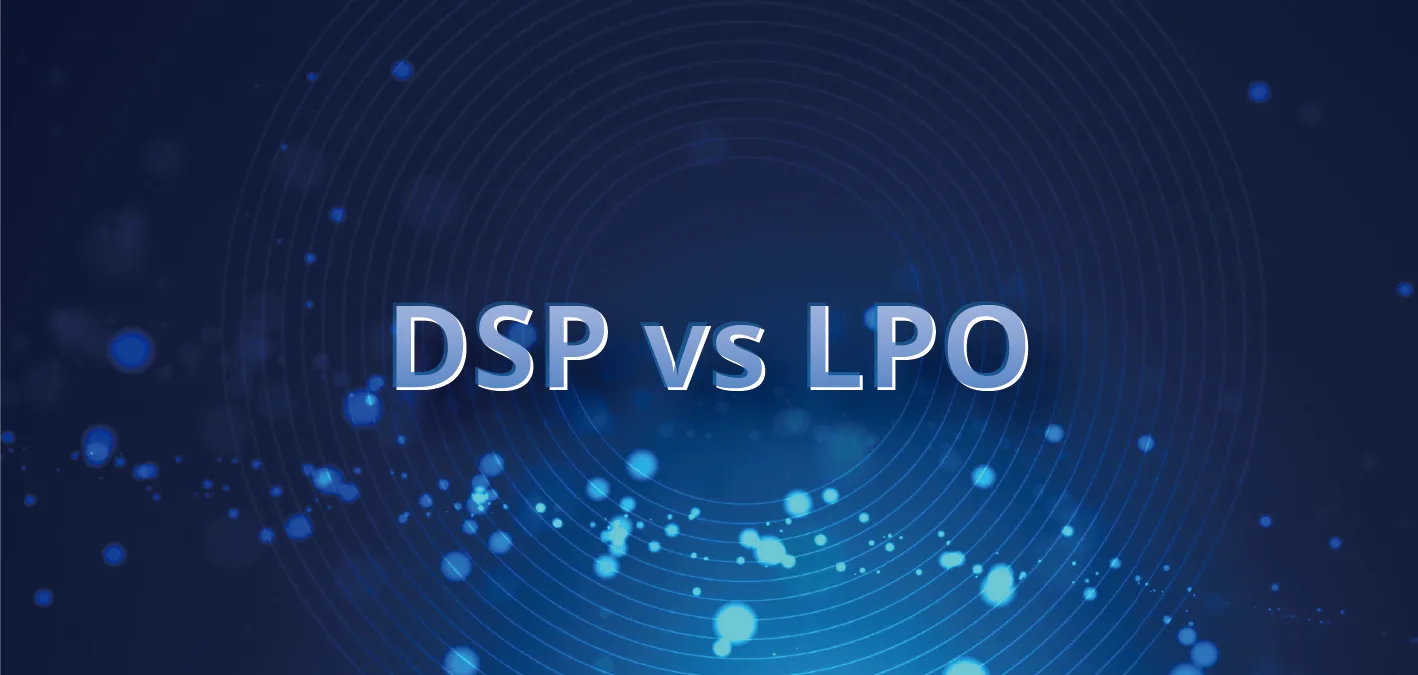
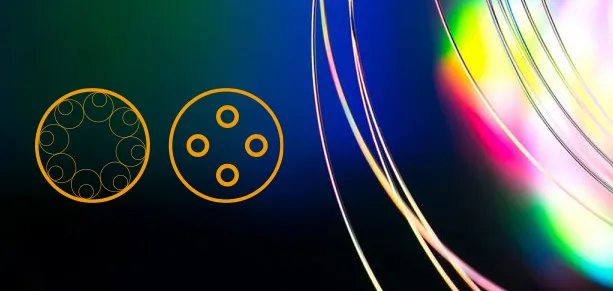
_and_High-Reflection_(HR)_Optical_Coatings.webp)
